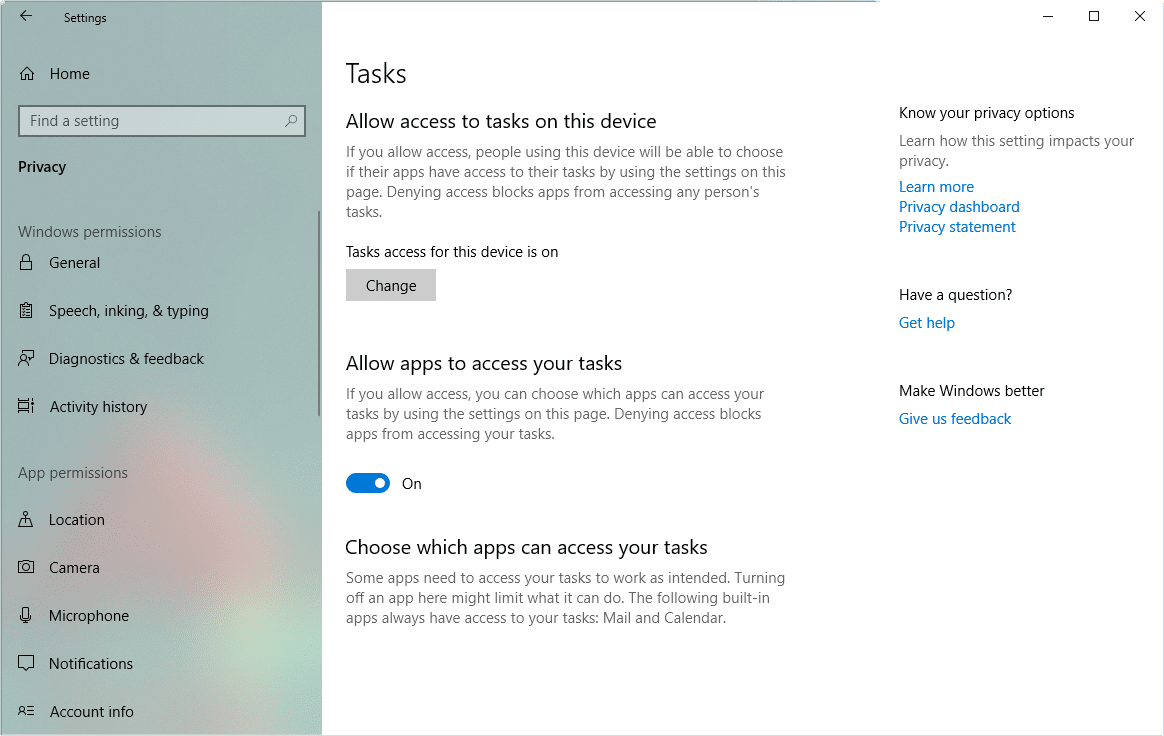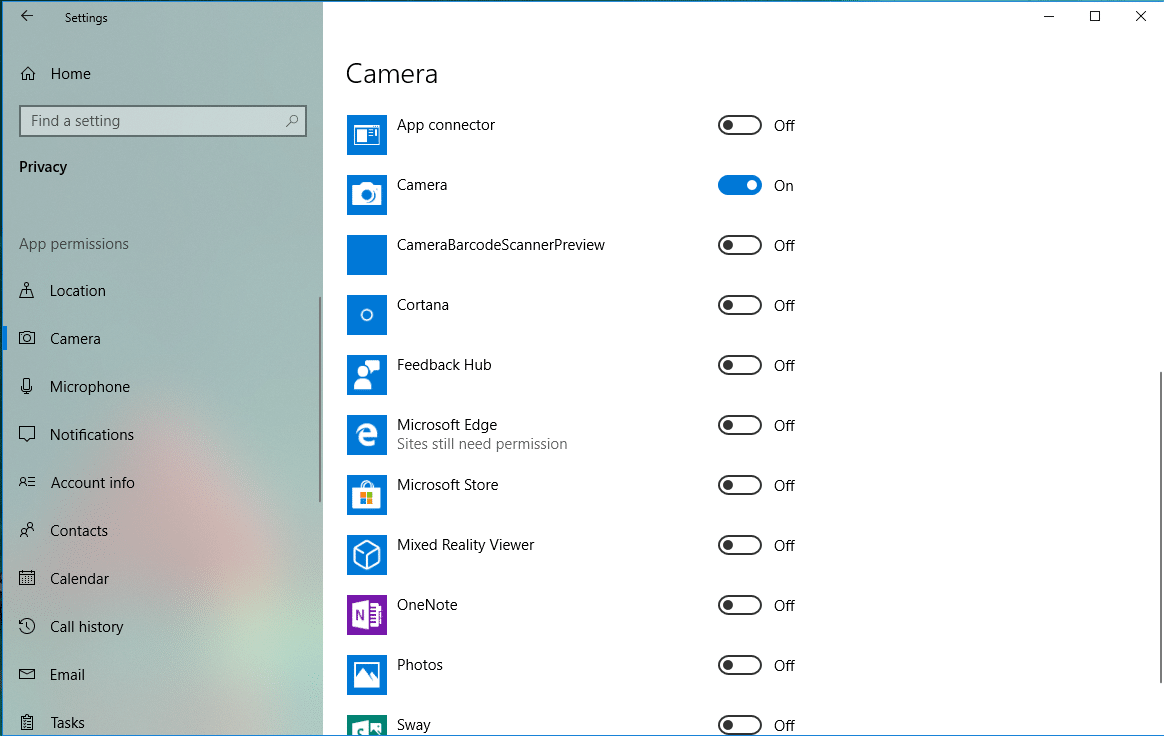Microsoft has been pushing its Windows Store hard, trying to get developers to develop modern apps for the Windows desktop. The ground reality is, even if there are apps, who’s going to use them on a PC? I’m probably the only person excited about smartphone-like apps on PC. A dedicated Facebook app, Twitter app, Messenger, Google, a special Chrome for Windows 10, etc. These apps were far different in my mind though. And frankly, most UWP apps can’t compete with the desktop apps. Still, I do have quite a few of those, mostly pre-installed. You may have those too, so it would only help to learn how you can manage app permissions on Windows 10.
If you install and use UWP apps from the Windows 10 Store, you have all the more reason to know how to manage your privacy. Lately, both Android and iOS have been giving more choices to the users, regarding which permissions an app has. Microsoft is seeing a similar future for Windows 10. It makes sense that Windows 10 should also allow users to manage what apps can access on their devices. With Windows 10 RS4 (build 17083 and later), Microsoft is introducing the ability to control app permissions. Once you receive the Redstone 4 updates you can prevent apps from accessing your data in documents, pictures, and video folders.
App permissions don’t stop there because you can also control which apps have access to your camera, microphone, location, account info, notifications, contacts, and more. Here’s a full list, but keep in mind this may change slightly in future updates or even by the time the Redstone 4 build is officially released.
- Location
- Camera
- Microphone
- Notifications
- Account info
- Contacts
- Calendar
- Call history
- Tasks
- Messaging
- Radios
- Other devices
- Background apps
- App diagnostics
- Automatic file downloads
- Documents
- Pictures
- Videos
- File system
Managing Windows 10 App Permissions
- Open the Settings app. There are many ways to do this, the simplest of which would be to right-click the Start button and click Settings, or click the cogwheel icon in the Start Menu.

- In Settings, select Privacy. On the left column, you’ll find a section labeled App permissions, right below the Window permissions section.
- The App permissions section contains all the options listed above. Click the permission you want to manage, and on the right side, you’ll have a list of all apps that are either using or could use the permission.

- You can toggle the permission off altogether, meaning none of the apps would be allowed. If you want to manage the permission individually for apps, you can scroll down and toggle it on or off for each app. The permission needs to be turned on for the app list to appear.

It’s just as easy as that. It’s equally easy to install and uninstall fonts on your Windows 10 PC and you should check that out as well.
